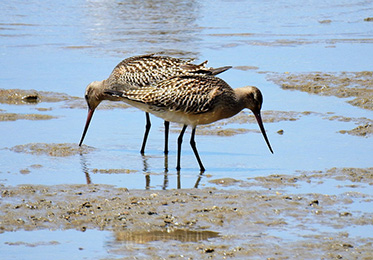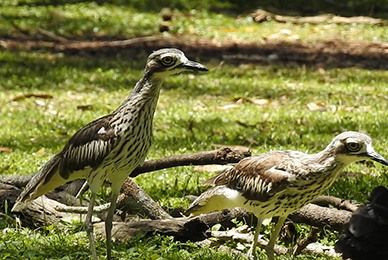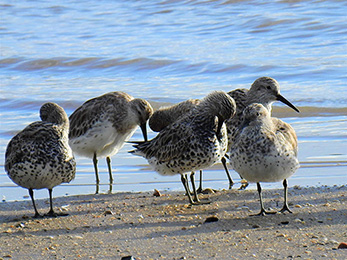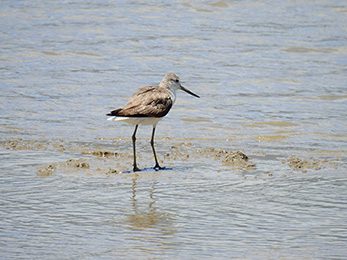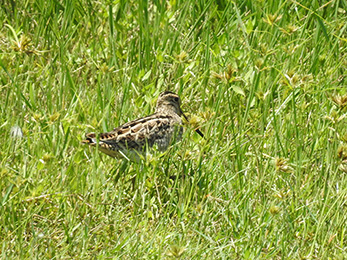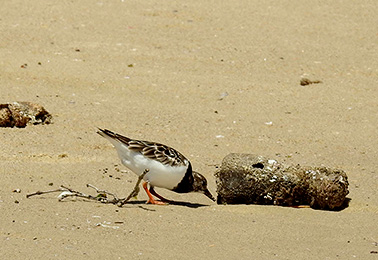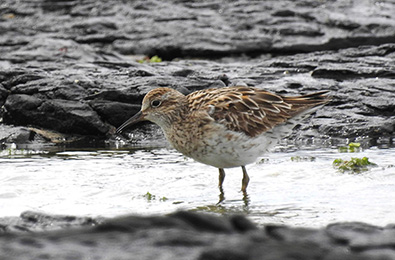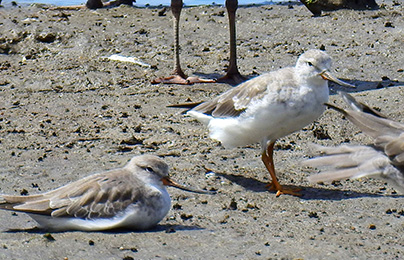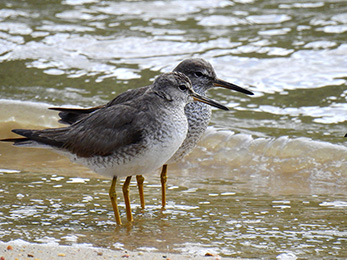SANDPIPERS Family Scolopacidae
Sandpipers in Australia are migrants, voyagers of the sky, embarking on incredible journeys that span thousands of kilometres. Sandpipers are the common name for the family Scolopacidae of shorebirds that includes true Sandpipers, Snipes, Turnstones, Woodcocks, Curlews, Dunlins, Godwits, Knots, Sanderling, Tattlers, Yellowlegs and Willets.
All are part of a global story, a testament to the interconnectedness of ecosystems across our planet. These birds undertake one of nature’s most extraordinary migrations, traveling from breeding grounds in the northern hemisphere to the welcoming shores of Australia, seeking refuge during the austral summer.
Their arrival is a spectacle, a sign of the changing seasons, and a moment of celebration for nature enthusiasts. As they settle into their temporary homes, Sandpipers become integral players in the local ecosystems. They forage along the water’s edges, their sharp, sensitive beaks probing the mud and sand for invertebrates. This feeding activity is not only a marvel of natural engineering but also crucial for maintaining the health of these aquatic environments. By controlling insect populations and stirring the sediment, Sandpipers help to keep these habitats vibrant and full of life.
The presence of Sandpipers in Australia also serves as an indicator of the health of wetlands and coastal areas. These birds rely on specific conditions for feeding and resting, making them sensitive to changes in their environment. Their numbers and well-being can signal shifts in ecological balance, prompting conservationists to take action to preserve these critical habitats.
Conservation efforts for Sandpipers and their habitats are a testament to the importance of global cooperation and stewardship. Protecting these birds requires a commitment to maintaining the sanctity of their migratory routes and the places they call home, both temporarily and permanently. It’s a reminder of the delicate balance of our natural world and the role each of us plays in its preservation.
These birds, with their intricate life cycles and long-distance voyages, inspire us to appreciate the natural world and to act responsibly within it. They encourage us to look beyond our immediate surroundings and consider the global connections that bind us to all living creatures.

